We try a can of Space Mackerel, designed for eating on the ISS by high school students
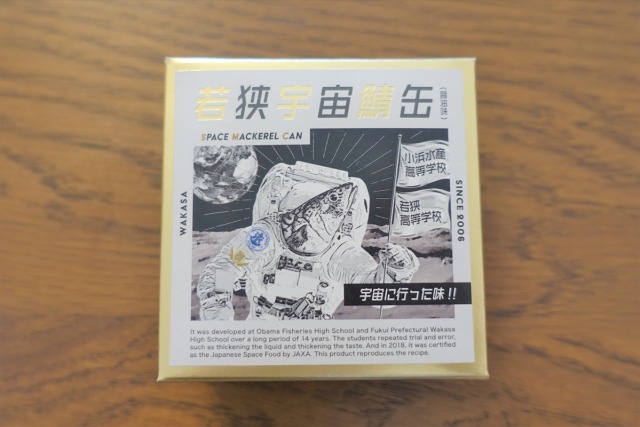
In space, no one can hear you slurp.
Given the many challenges of life in space, a lot of people probably assume the food there focuses so heavily on nutrition, safety, and digestibility in zero gravity, that things like taste and texture are very much an afterthought.
That’s what our writer Haruka Takagi thought until she came across Wakasa Space Mackerel Can in a small fishing town in Fukui Prefecture. Unlike the vacuum-sealed packets of baby-food like pastes she imagined astronauts eating, a can of mackerel dripping in juices seemed far too dangerous for consumption in space.
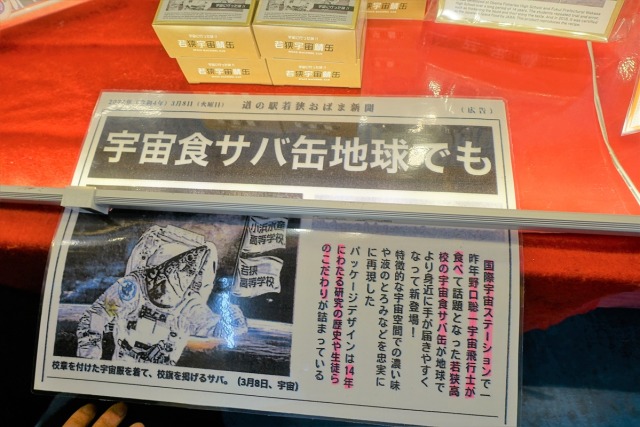
If just one globule of fish oil floated through the zero-gravity conditions of outer space, its savory goodness could make its way into sensitive equipment and disable the ship’s neutrino thrusters, cloaking device, or whatever it is they use up there.
That’s not the case with Wakasa Space Mackerel Can, however, and back in 2020 it was even dined upon by Japanese astronaut Soichi Noguchi during a mission.
▼ Noguchi enjoying a Wakasa Space Mackerel Can aboard the ISS.
Even more impressive than a can of mackerel designed to JAXA specifications for space consumption, was the fact that it was made by the students of Wakasa High School in Fukui Prefecture. It was a project that took 14 years of trail-and-error experimentation passed down through the classes at the school, until they received certification in 2018.
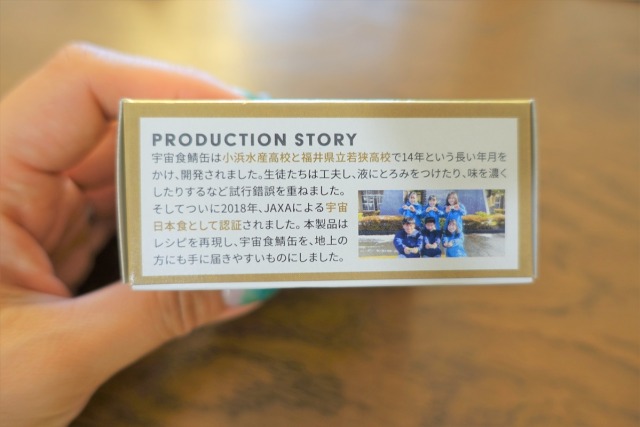
That was all quite amazing, but it was the cute picture of the mackerel in a spacesuit on the moon with the flag of Wakasa High that really sealed the deal for Haruka. So, she paid the understandably steep price of 700 yen (US$5) for a can and took it home to try out.
Normally, when opening a can of fish, you can expect a tiny spurt of oil to pop out, but as we mentioned, even the smallest droplets can put the crew in jeopardy. Luckily, Haruka found that opening a can of Wakasa Space Mackerel was completely dry.
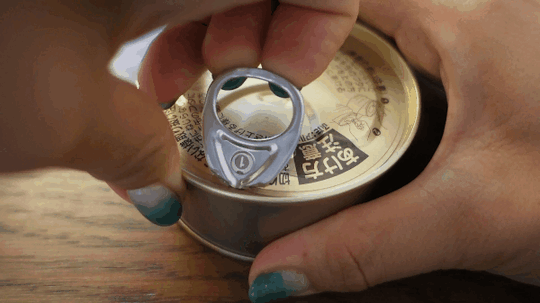
There were no liquids at all in the can!
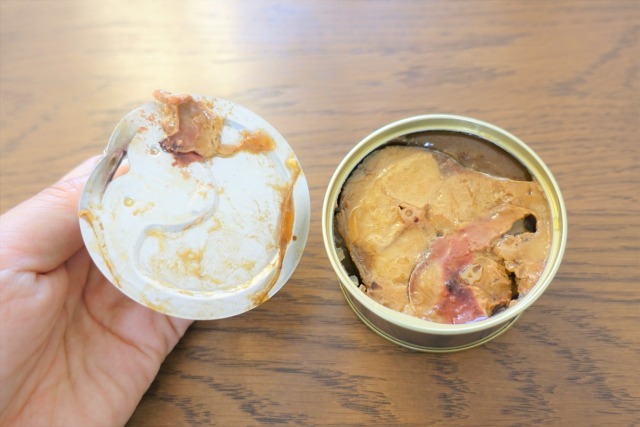
Instead, the sauce had a more gelatinous consistency that was made with the help of a starchy powder from the kudzu plant. Kudzu powder is used in a lot of Asian dishes, especially desserts like mizu manju.
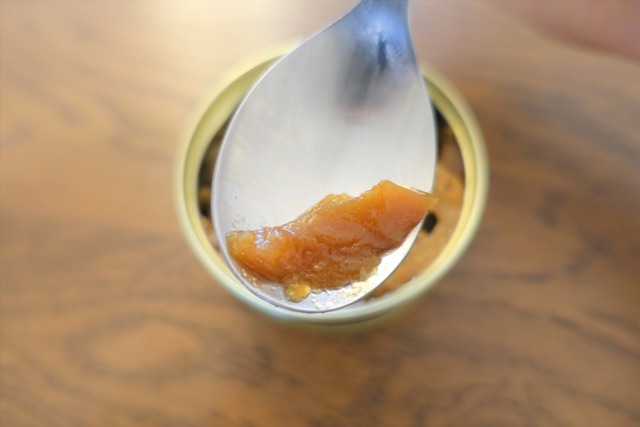
Haruku was able to easily cut right into the fish with a spoon. It had a very delicate and fatty consistency.

The taste was amazingly good too. The sauce seemed extra rich and sweet and it had a very hearty taste of home cooking, which was the last thing she was expecting from space food.
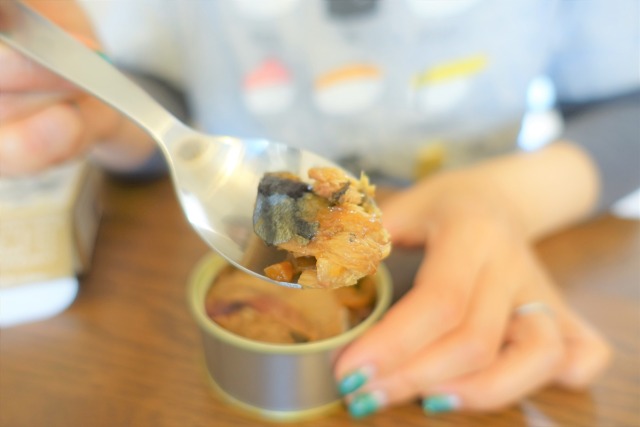
Apparently, it’s been said that in low gravity people’s sense of taste is weakened. That’s why the makers of Wakasa Space Mackerel made sure to jack up the taste in each can through additional sugar in the sauce.
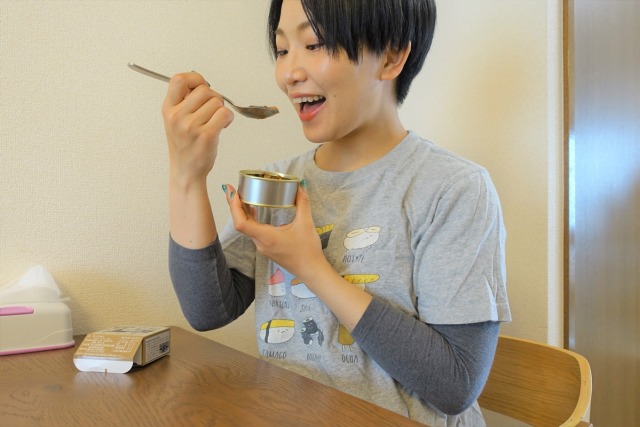
It wasn’t just a literal out-of-this-world experience but a culinary one as well. Haruka felt whisked out of her kitchen chair and onto the outer surface of the ISS, where she was tasked to repair the starboard photovoltaic radiator.
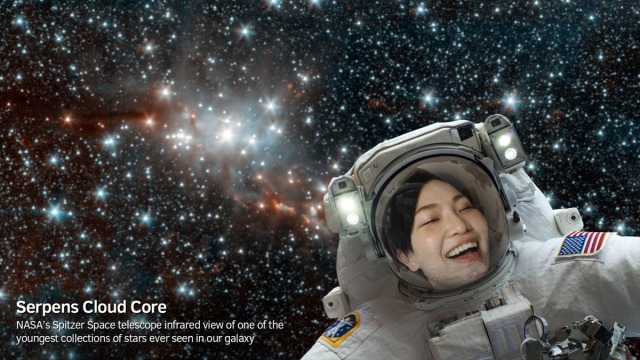
If you’d like to join her out there among the stars, keep an eye out for Wakasa Space Mackerel next time you visit Fukui Prefecture, or order some online from your favorite online Japanese space food retailer.
Photos: ©SoraNews24
● Want to hear about SoraNews24’s latest articles as soon as they’re published? Follow us on Facebook and Twitter!
Credit:


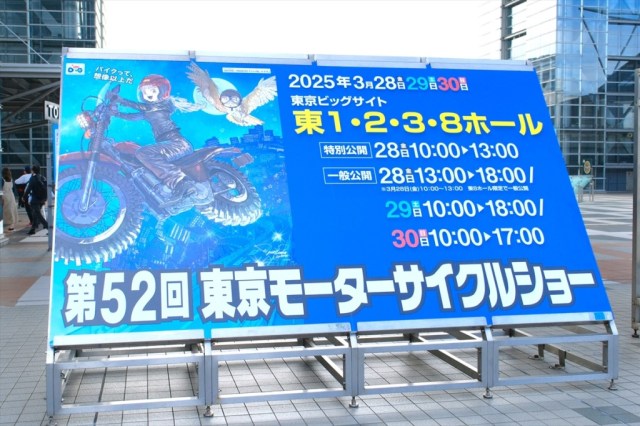

0 comments: